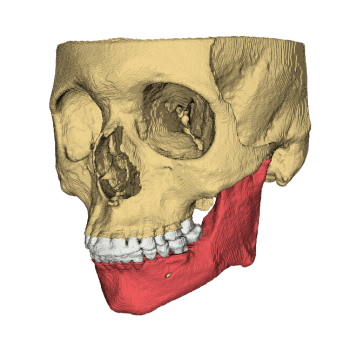In the world of healthcare and artificial intelligence (AI), the accurate interpretation of medical data has the potential to revolutionize patient care, diagnostics, and treatment methodologies. One of the critical components enabling this transformation is medical data labeling. In this article, we’ll delve into what medical data labeling entails, why it’s crucial, and how it’s accomplished.
What is Medical Data Labeling?
Medical data labeling involves the process of annotating medical images and other forms of healthcare data with precise and relevant information. This labeling enables AI algorithms to understand and interpret medical images, enabling them to identify anatomical structures, pathologies, and anomalies. By accurately labeling medical data, AI models can learn to mimic the cognitive processes of human clinicians, thereby enhancing the accuracy and efficiency of medical diagnostics.

The Importance of Medical Data Labeling
In the field of healthcare, precision is paramount. Medical data labeling ensures that AI models can recognize key structures such as organs, tissues, and abnormalities with a high degree of accuracy. This accuracy is particularly crucial when interpreting complex imaging modalities like X-rays, MRIs, and CT scans. Accurate labeling enables AI algorithms to assist medical professionals in identifying conditions early, leading to timely interventions and improved patient outcomes.
How is Medical Data Labeling Accomplished?
Medical data labeling is a meticulous process that requires specialized expertise. Annotators meticulously mark structures of interest within medical images, including organ boundaries, lesions, and anomalies. Various annotation methods, such as bounding boxes, polygons, and landmarks, are used depending on the requirements of the AI model being trained. Additionally, medical data labeling often necessitates the use of medical imaging software that supports the visualization and manipulation of DICOM files, ensuring precise annotations that align with clinical standards.
Tools for Medical Data Labeling
Several software tools are employed for medical data labeling. These tools offer functionalities specifically designed for the complexities of medical images. Popular choices include widely used platforms like RadiAnt DICOM Viewer, 3D Slicer, and OsiriX. These tools empower annotators to visualize medical images, place annotations accurately, and ensure that the AI model is trained with reliable and clinically relevant information.
In conclusion, medical data labeling is a pivotal step in advancing healthcare AI. By accurately annotating medical images, AI models become more adept at assisting medical professionals in accurate diagnostics and treatment planning. As AI continues to integrate into healthcare, precise medical data labeling will be the bridge that connects technology with patient care, ultimately transforming the landscape of medicine as we know it.


